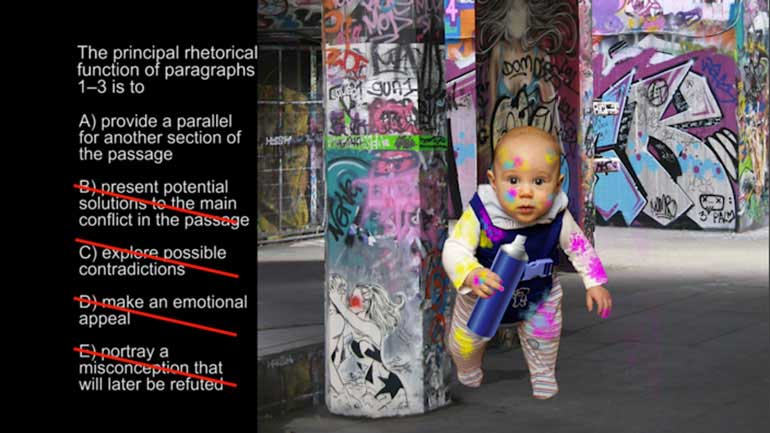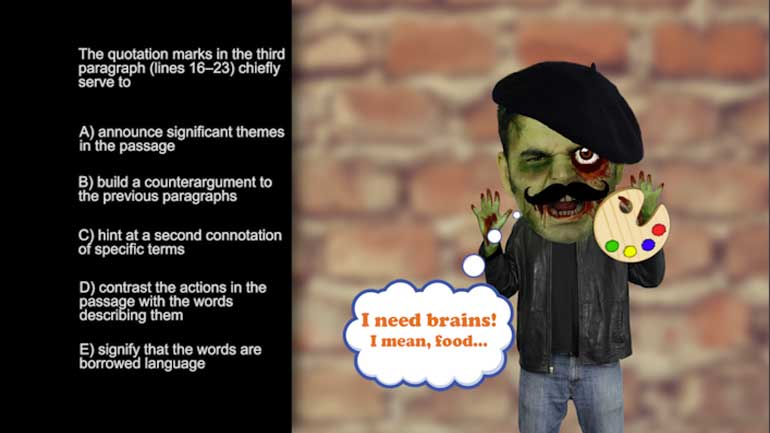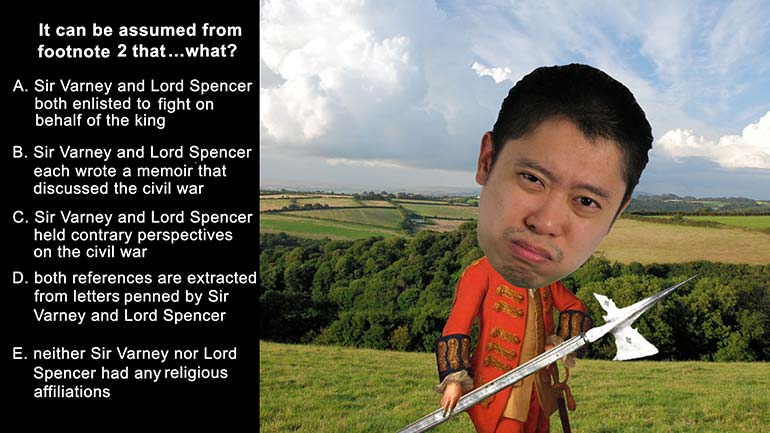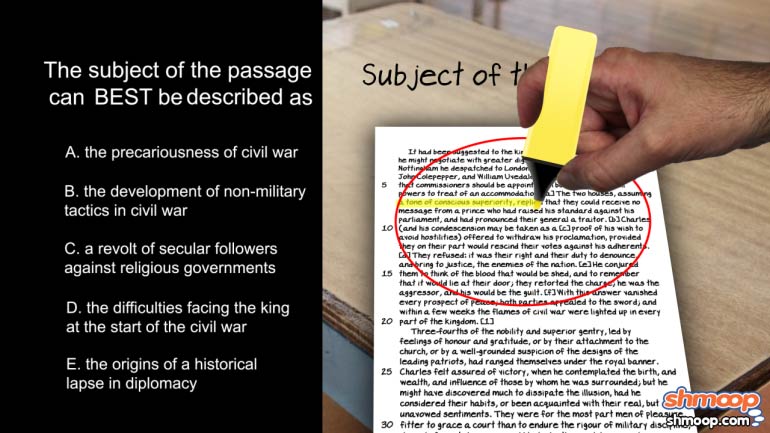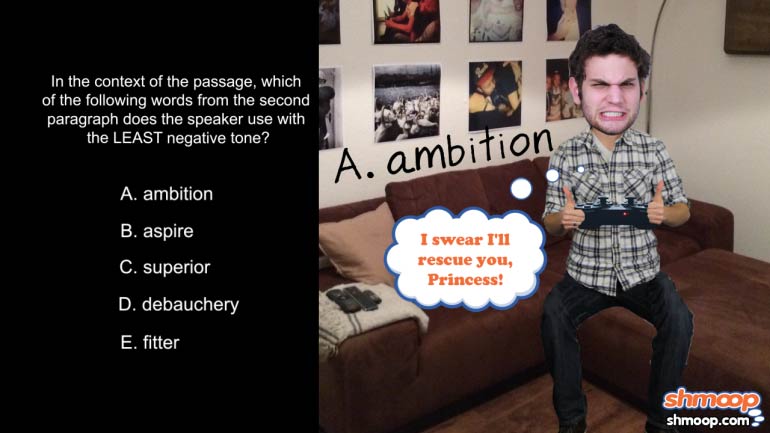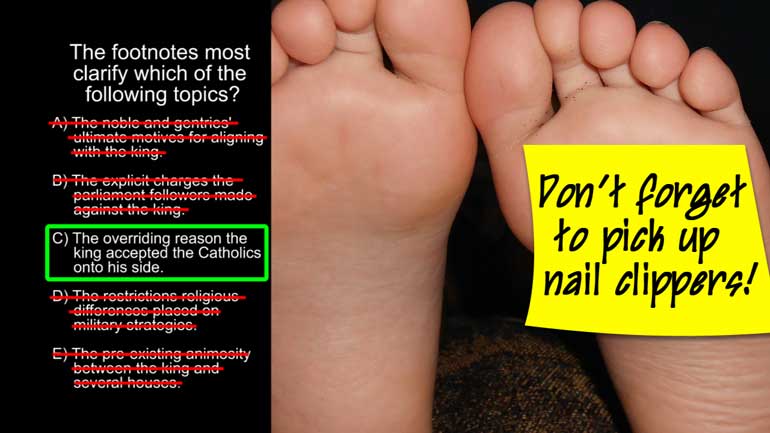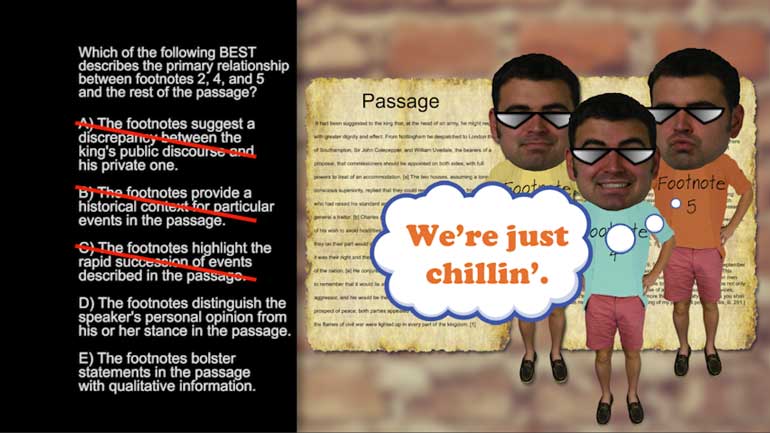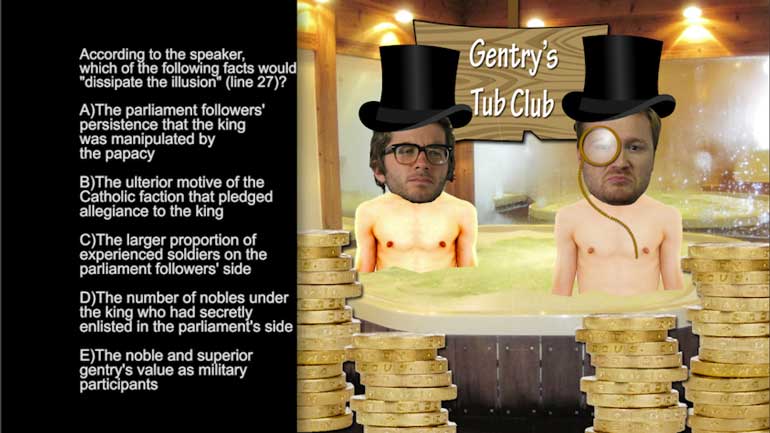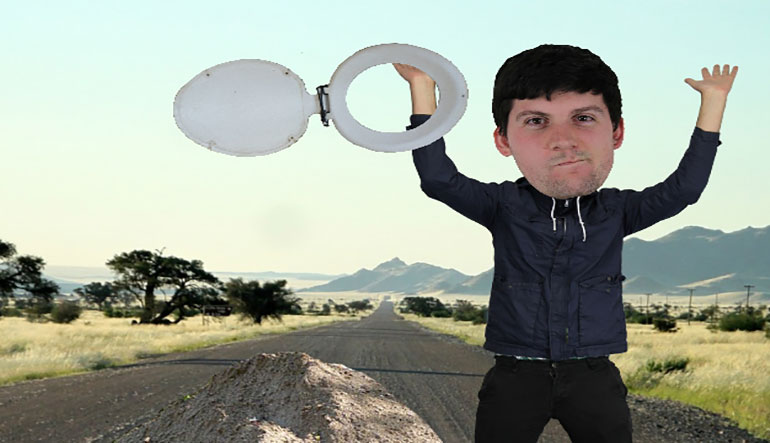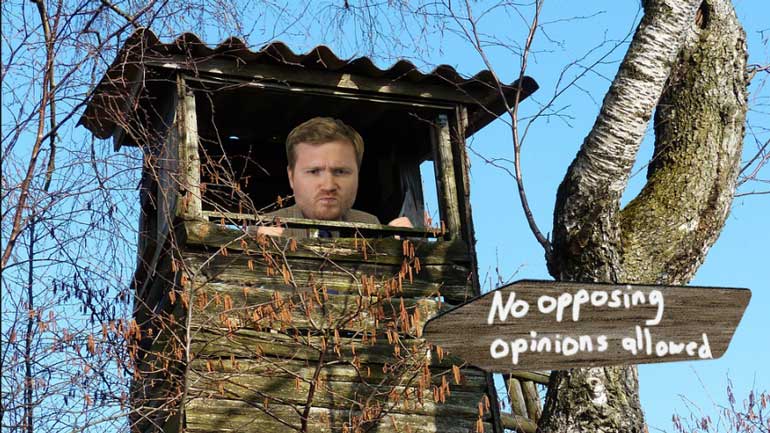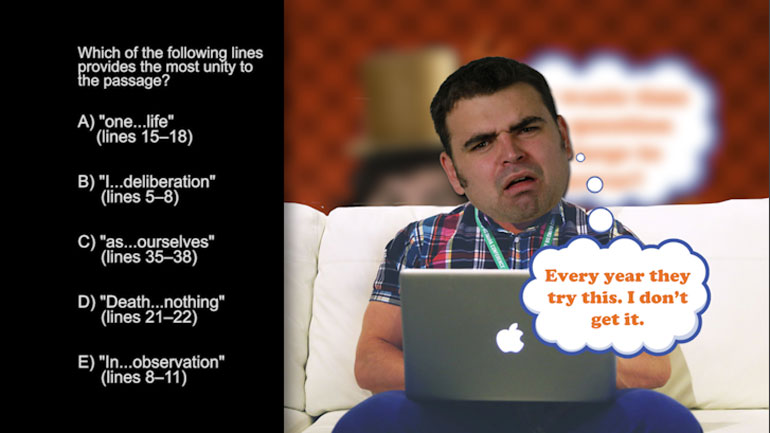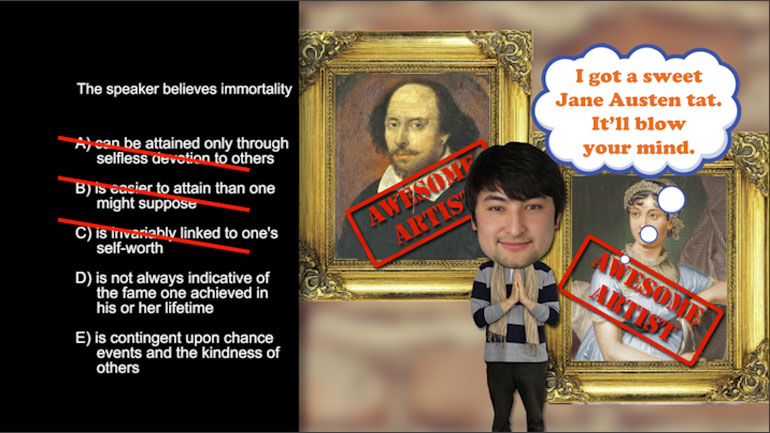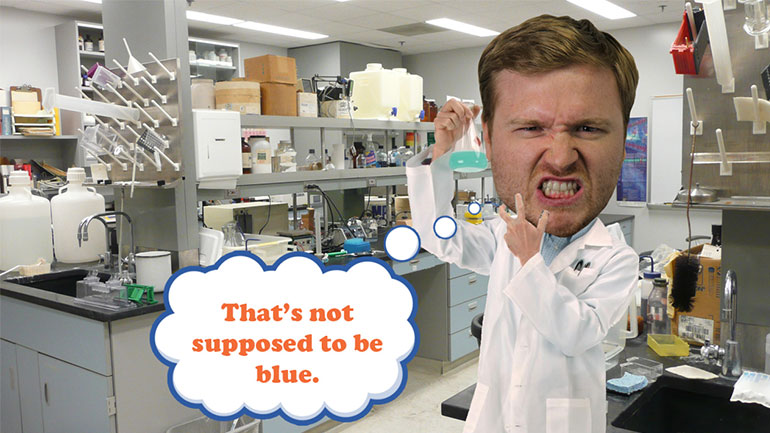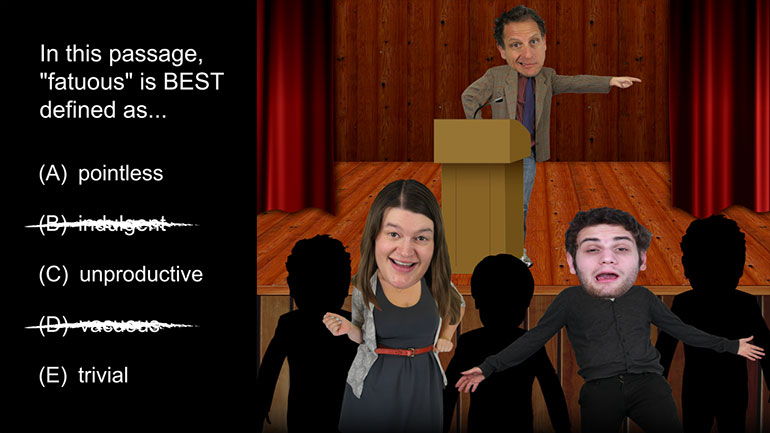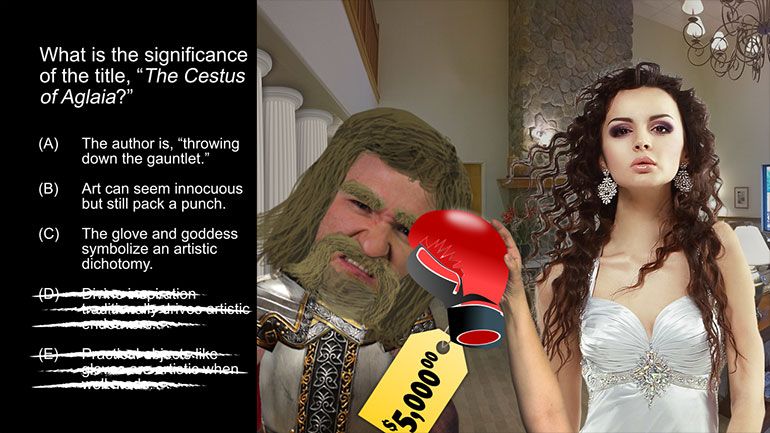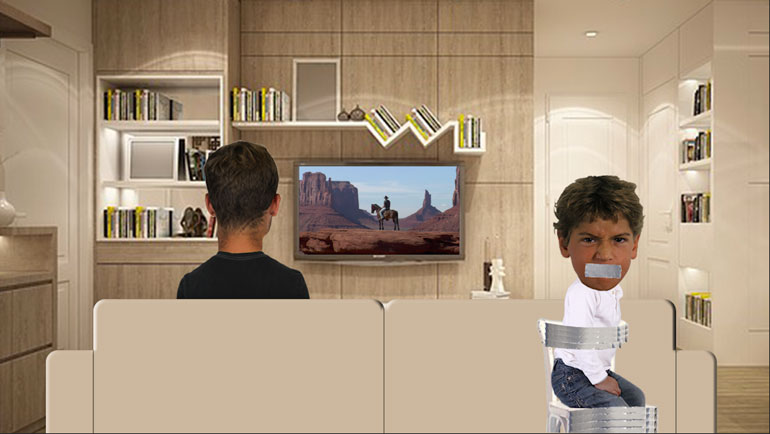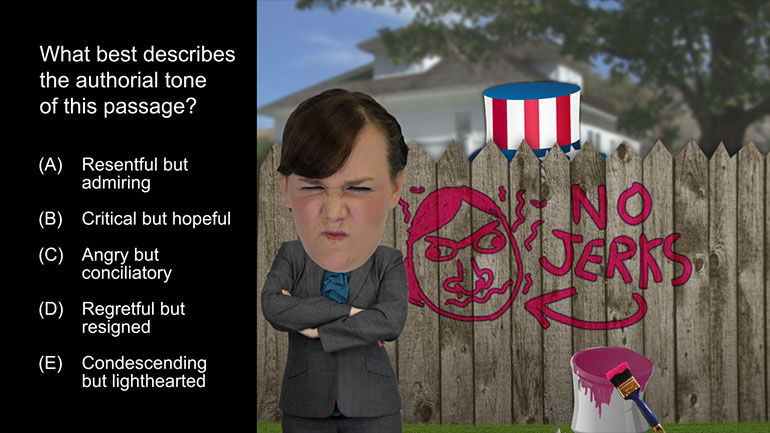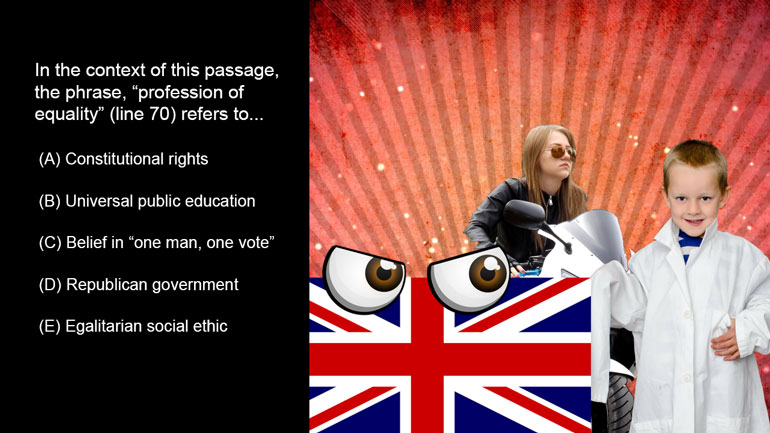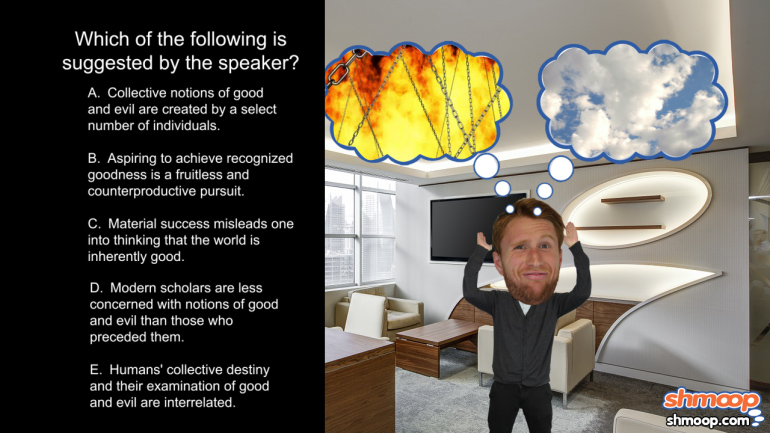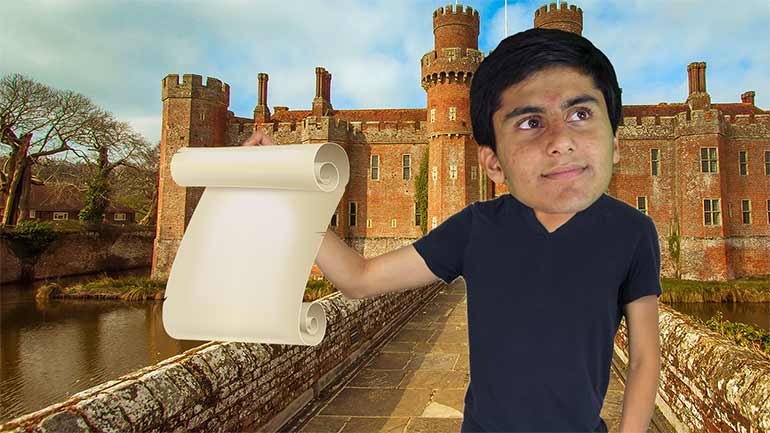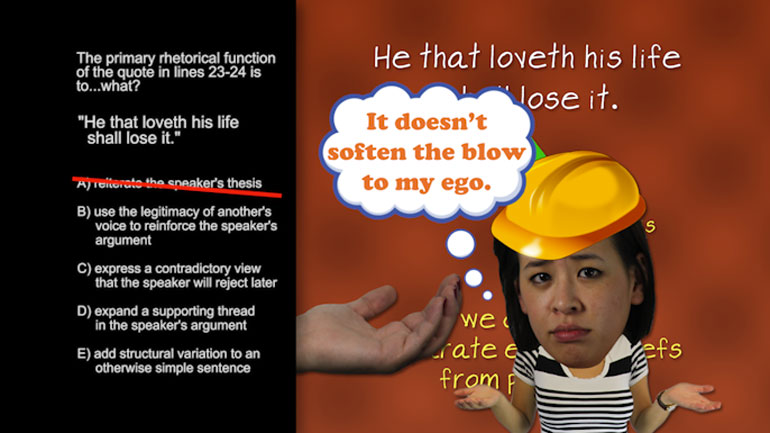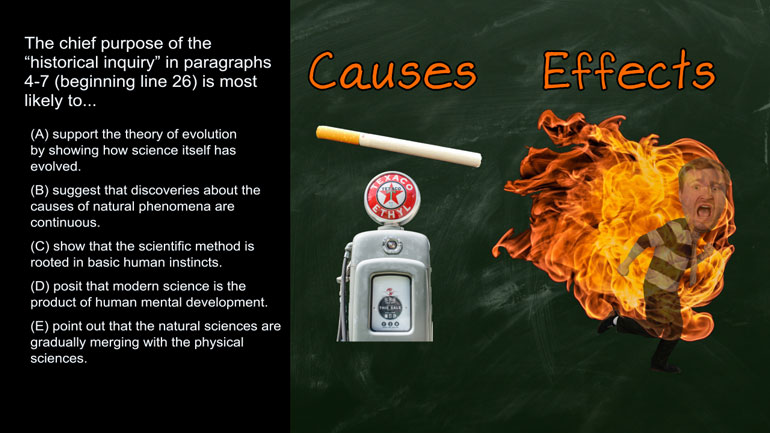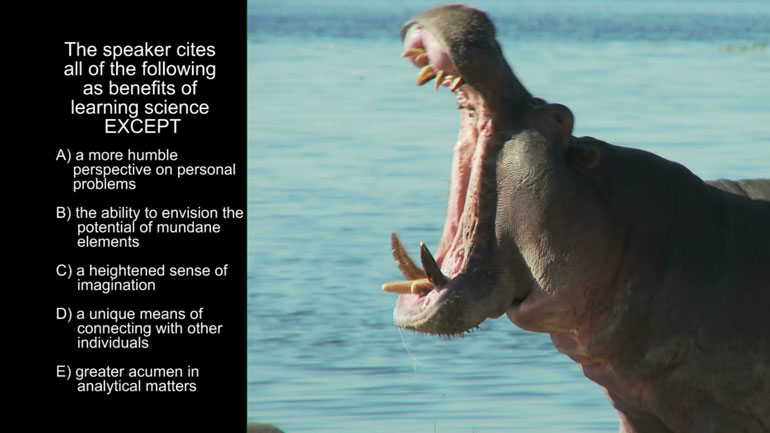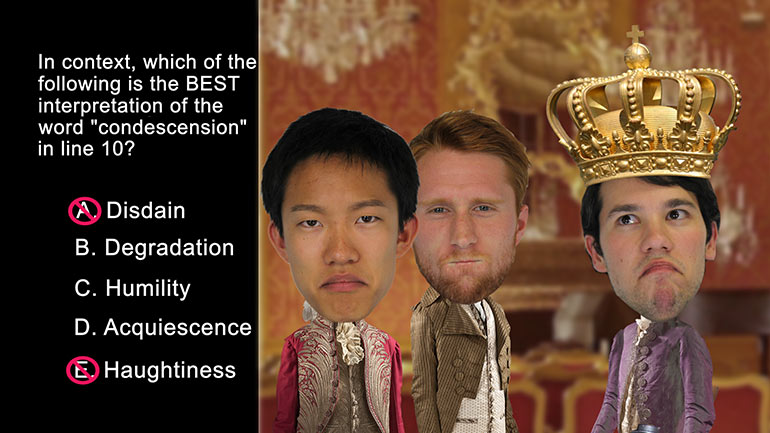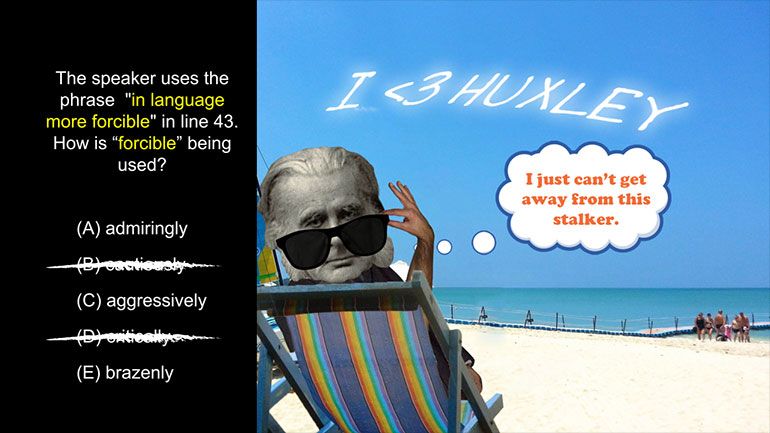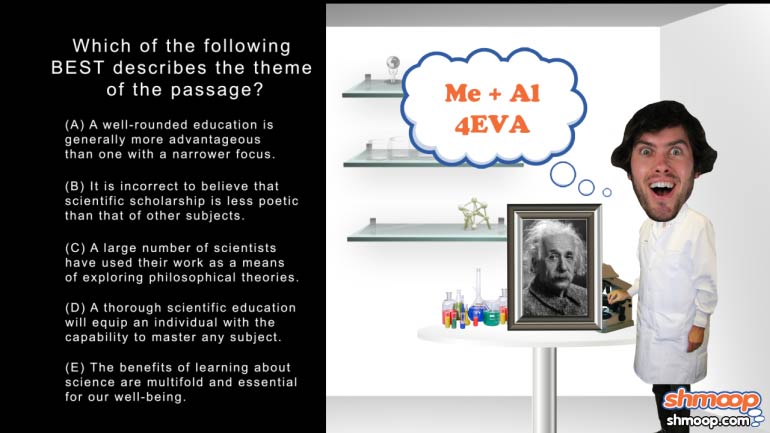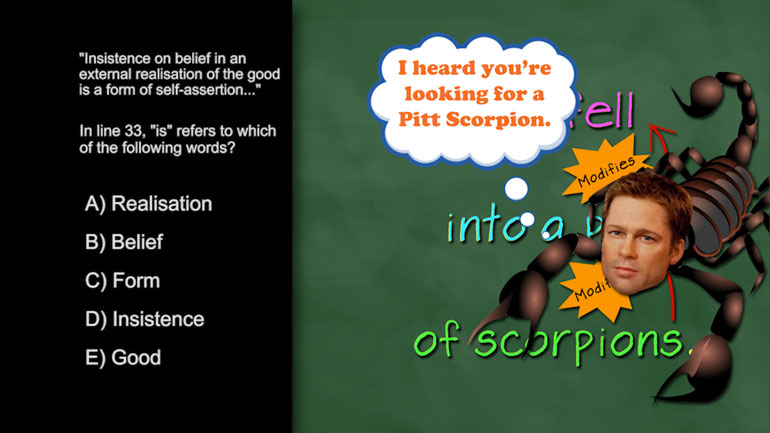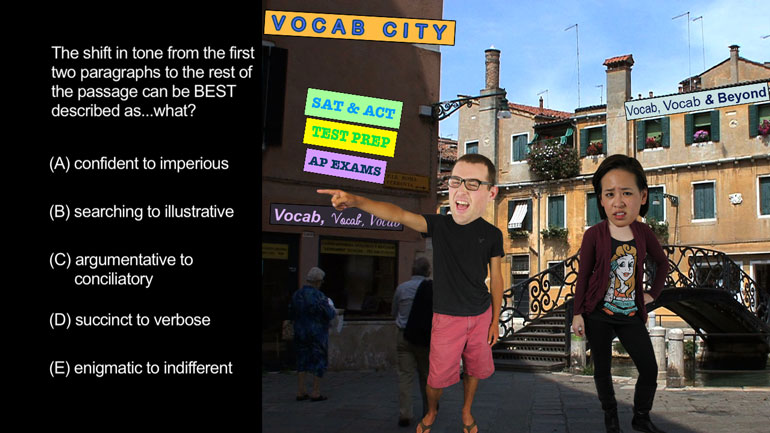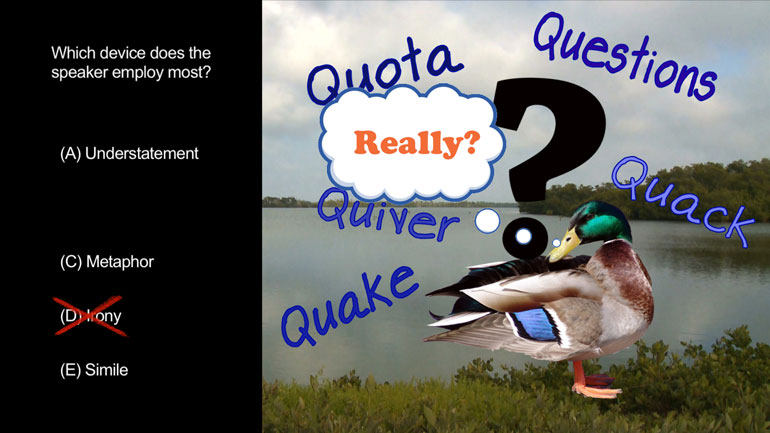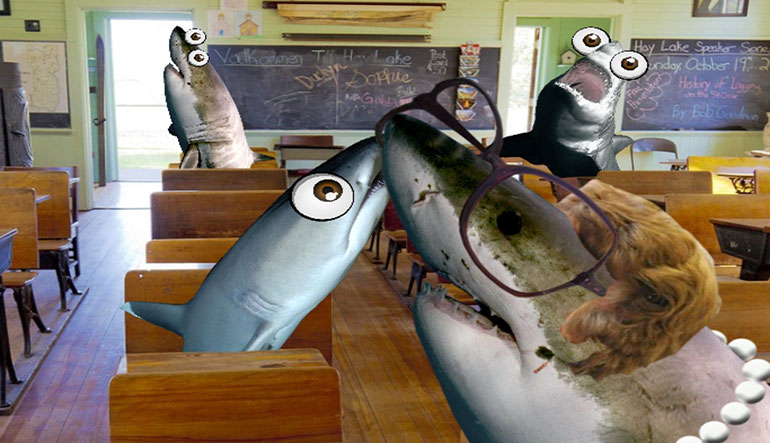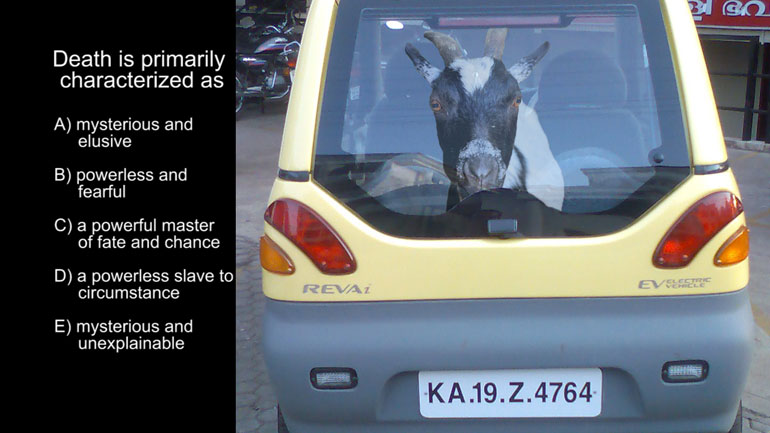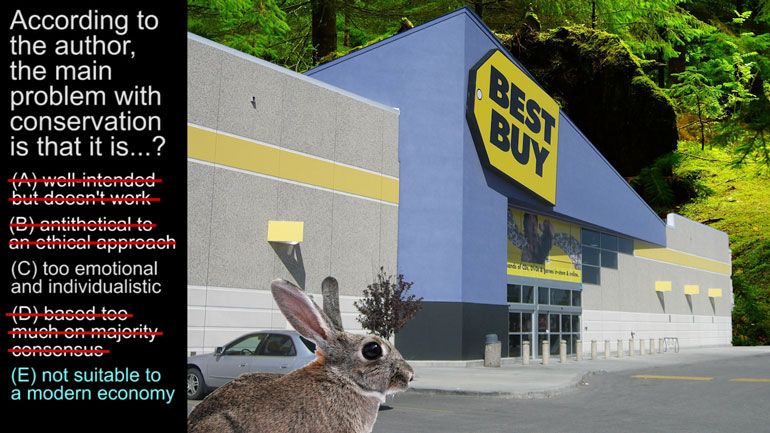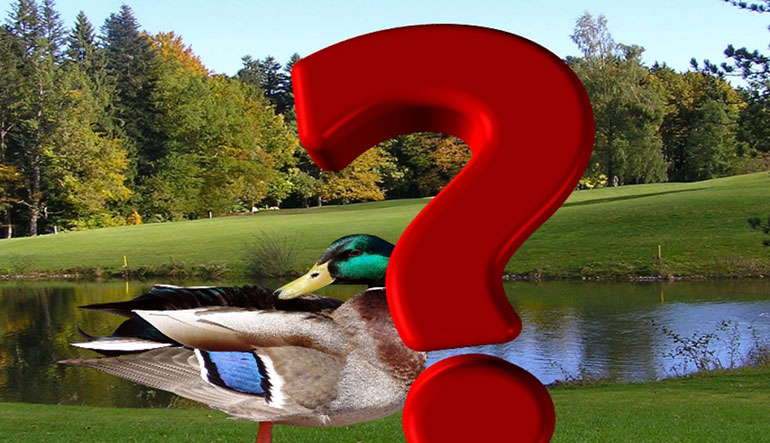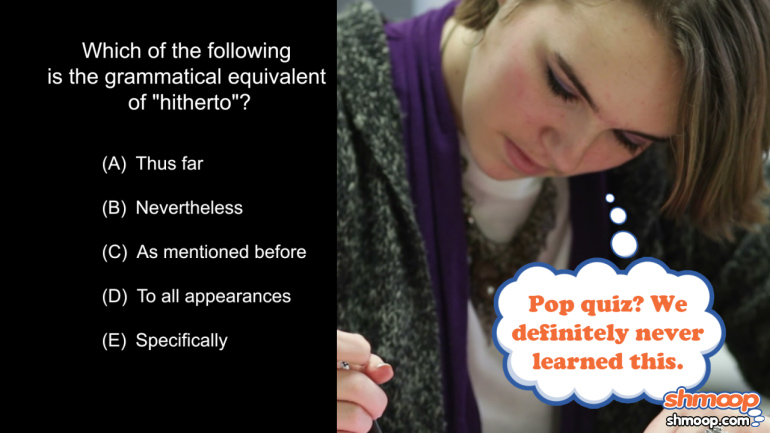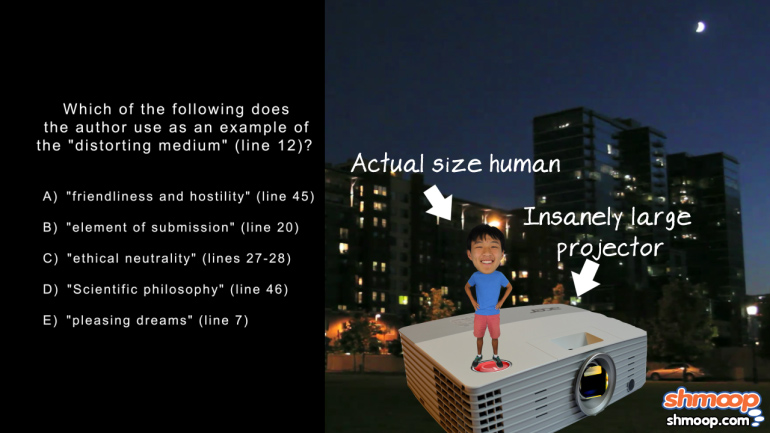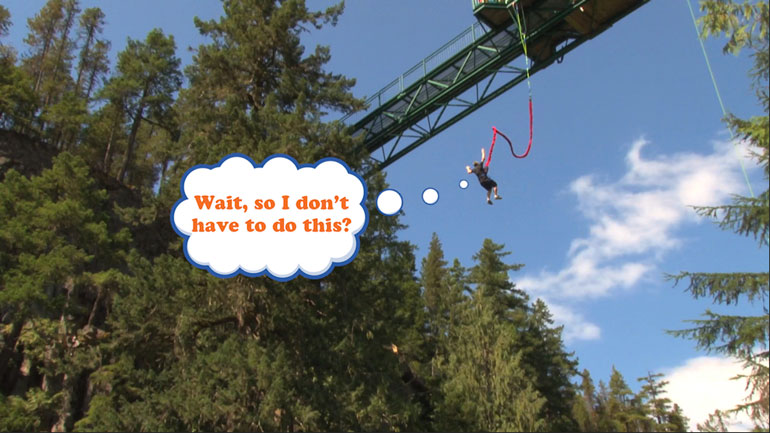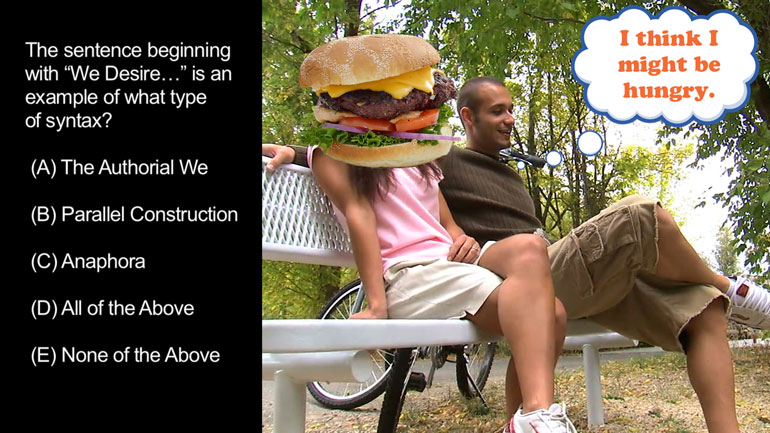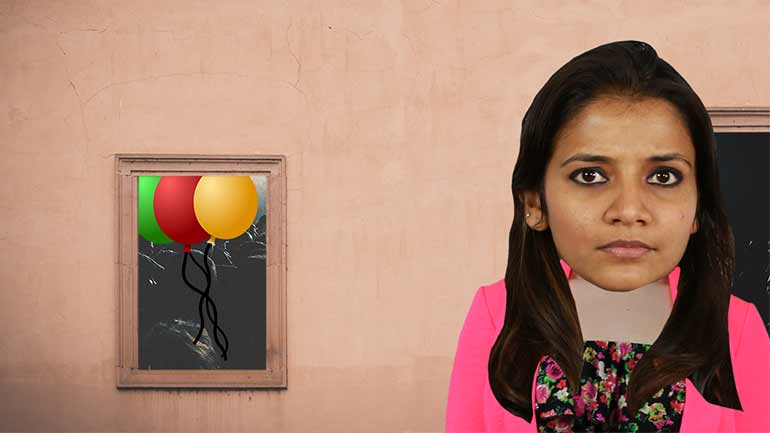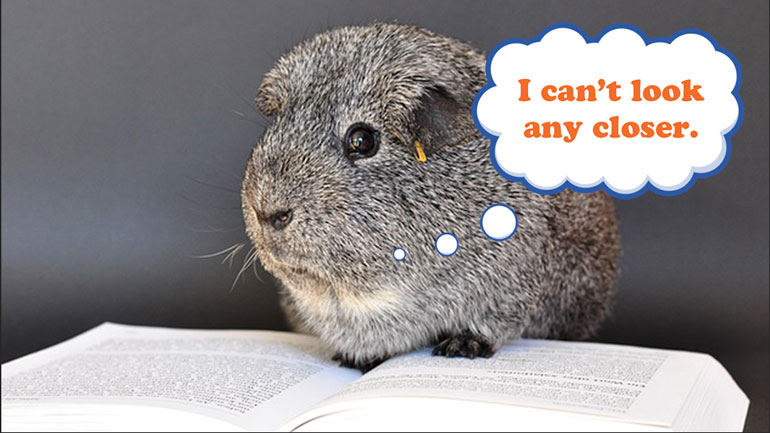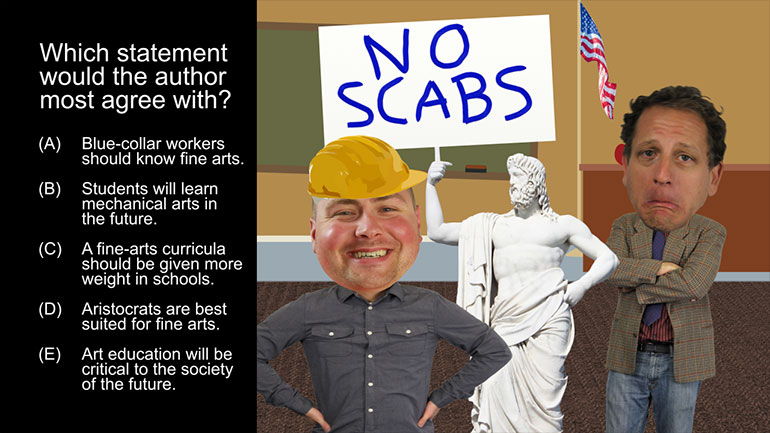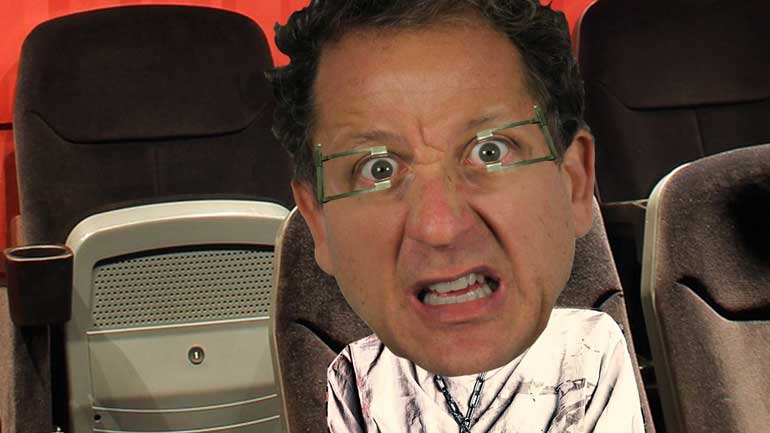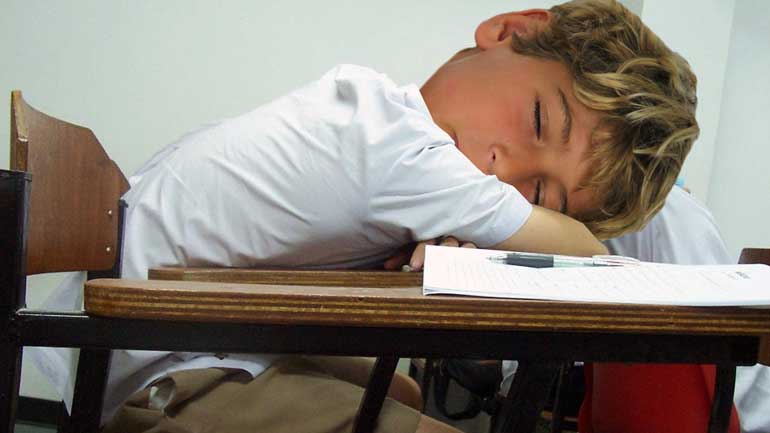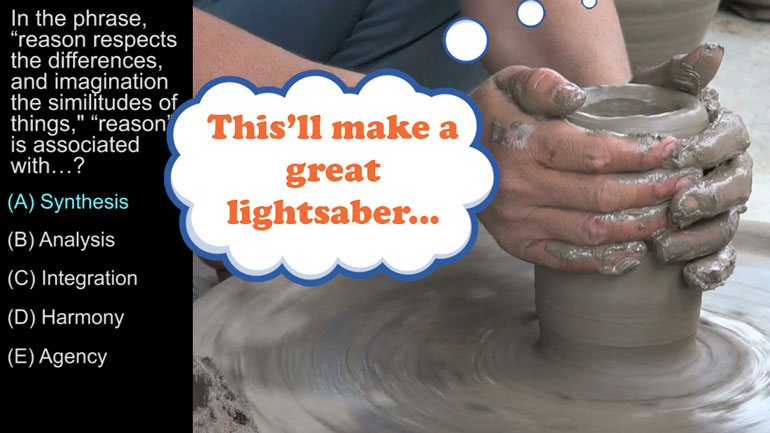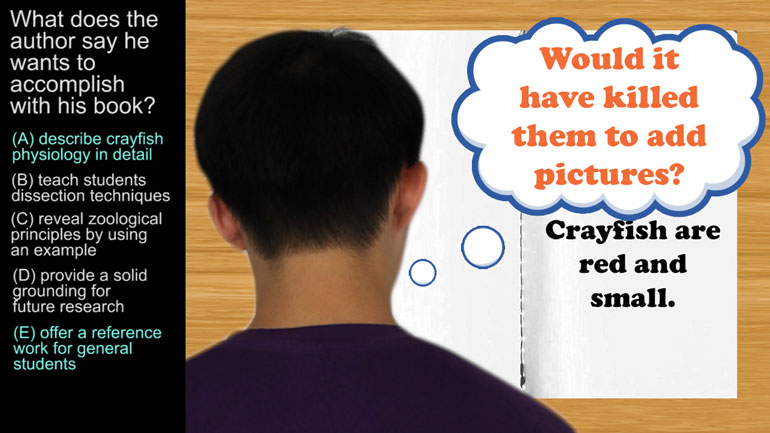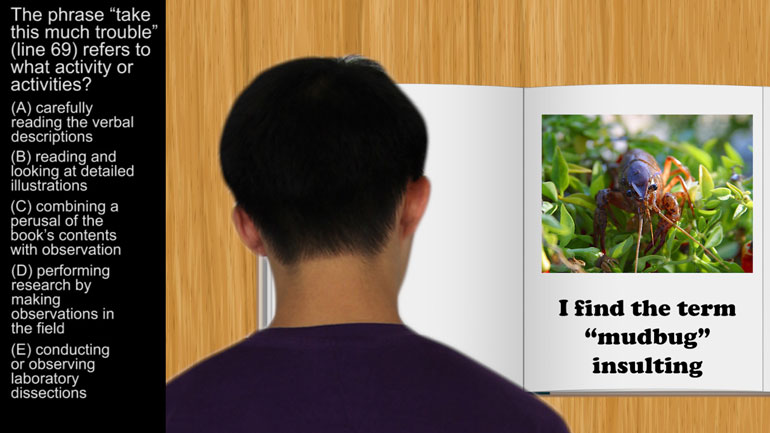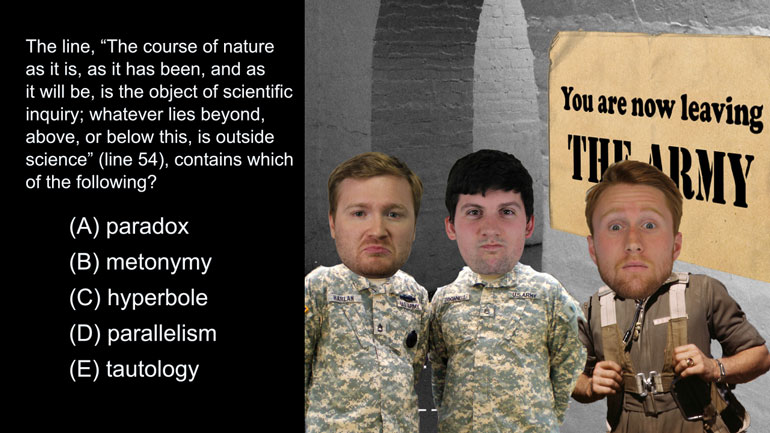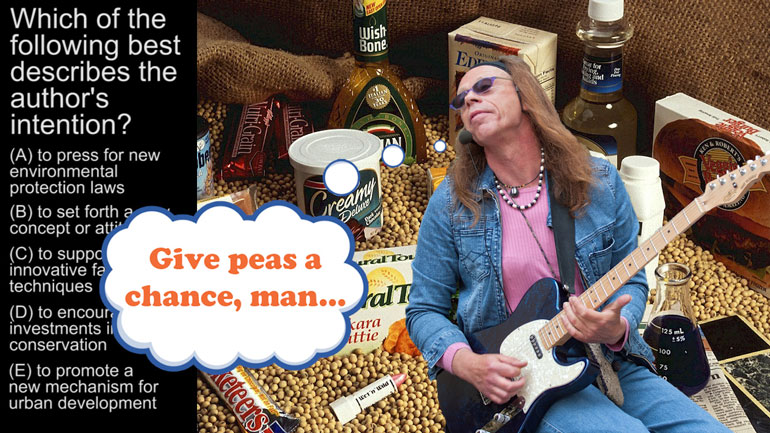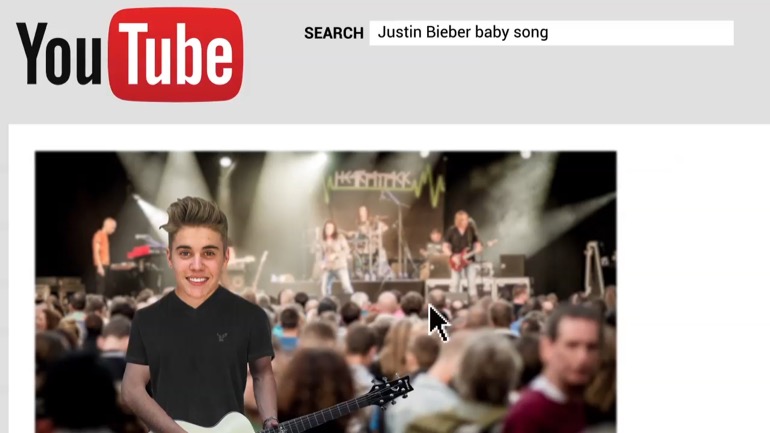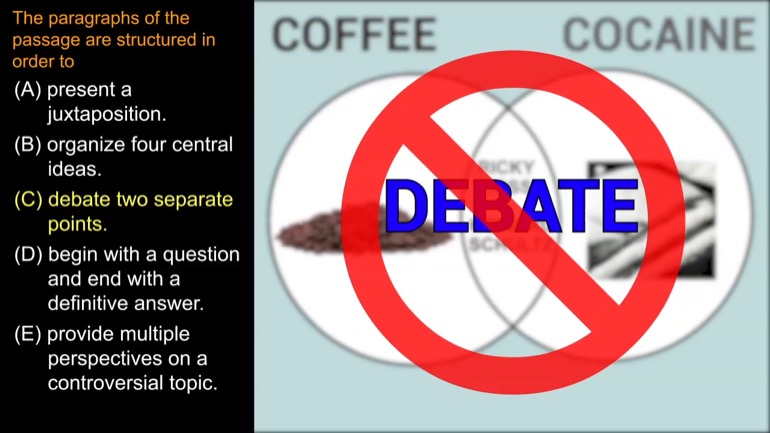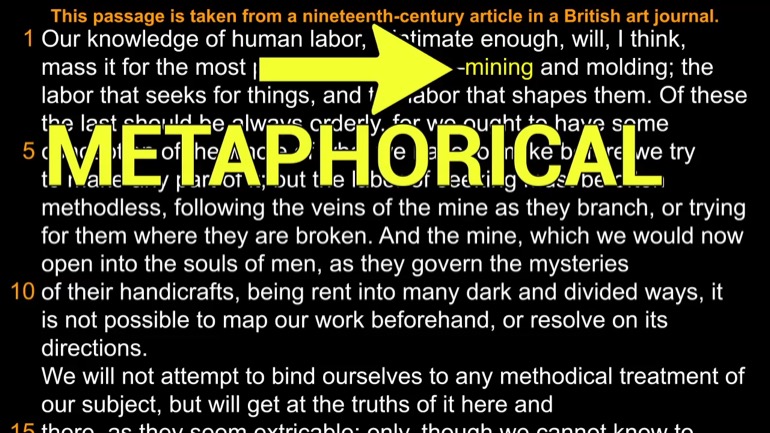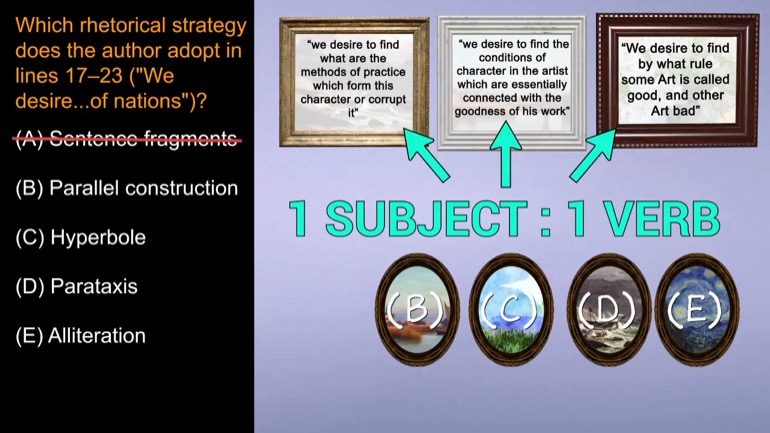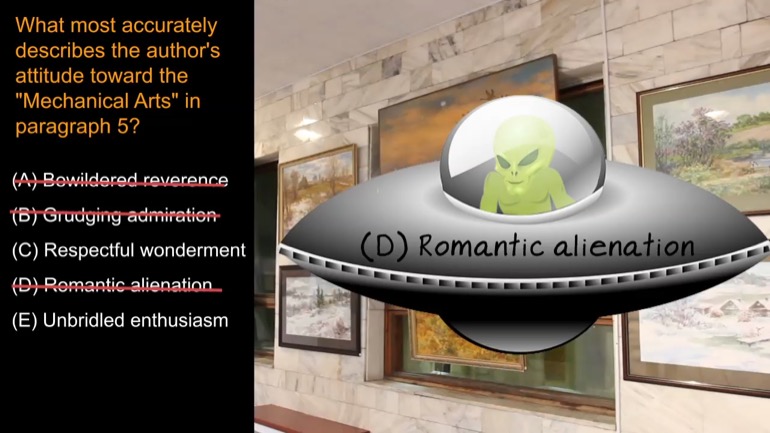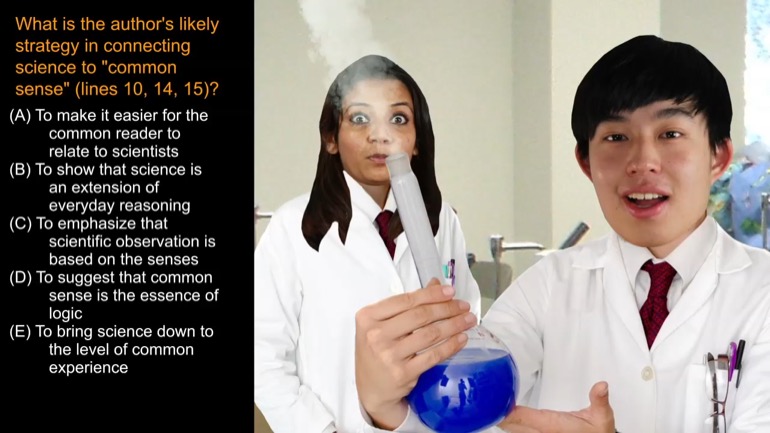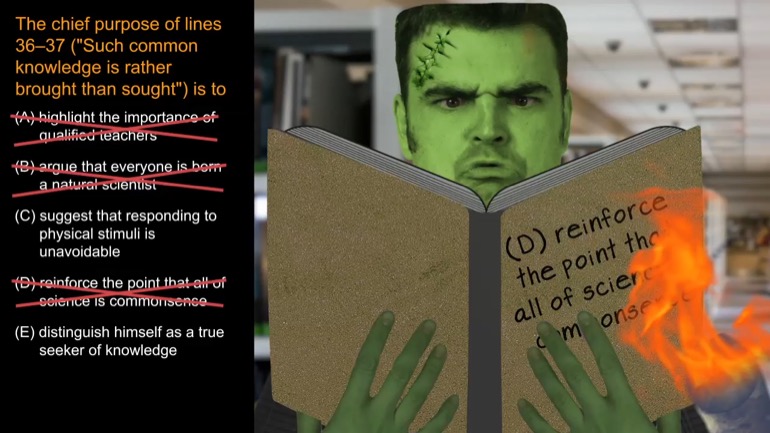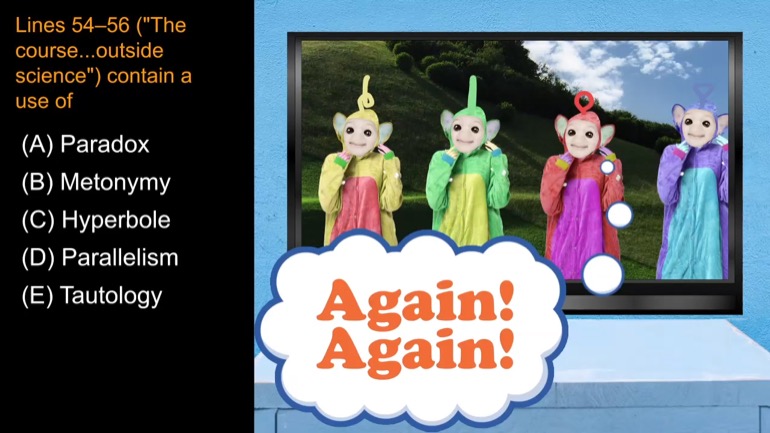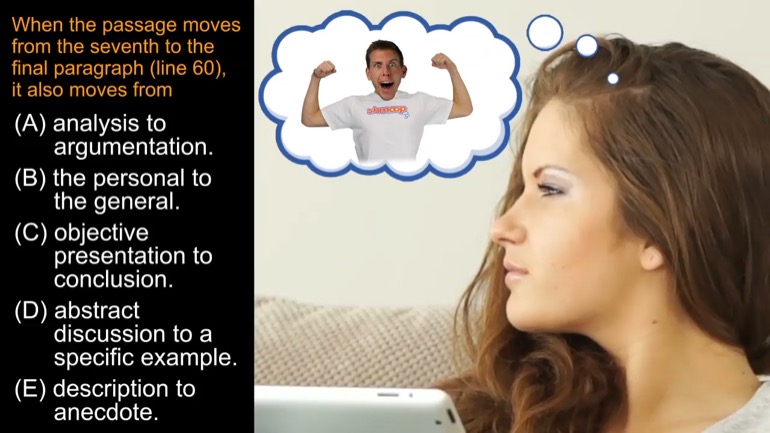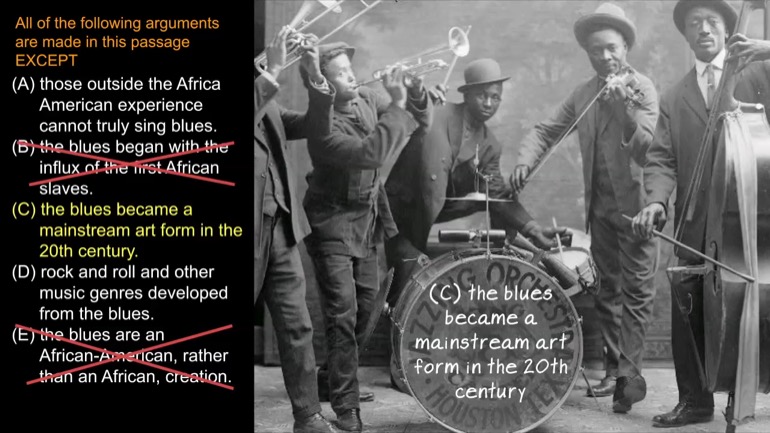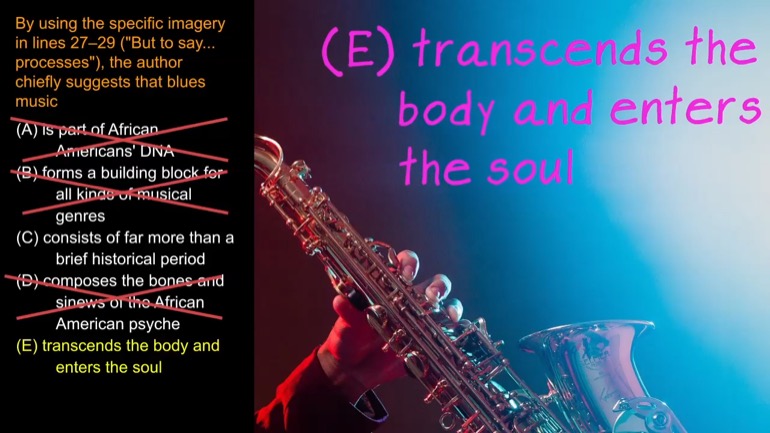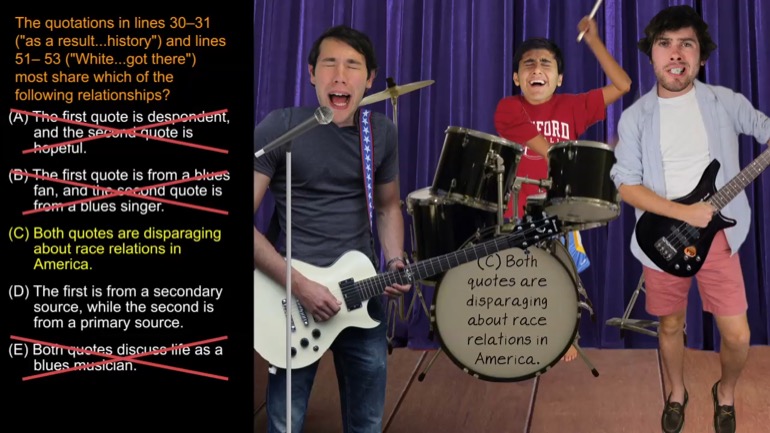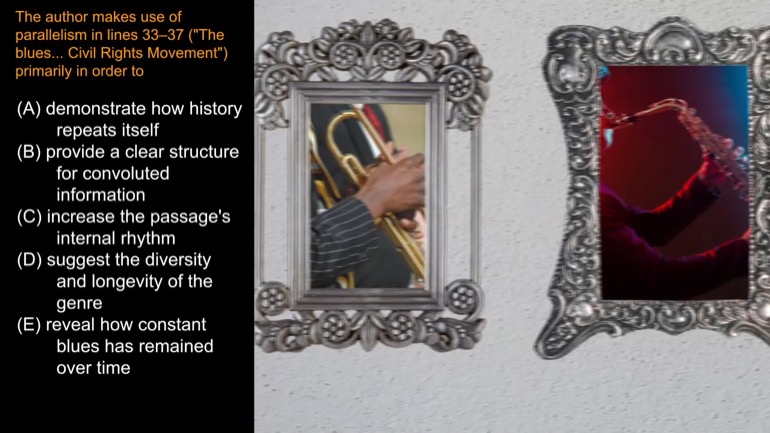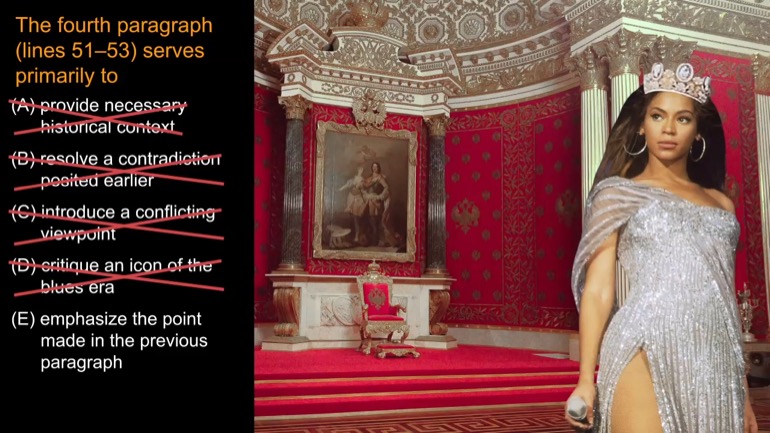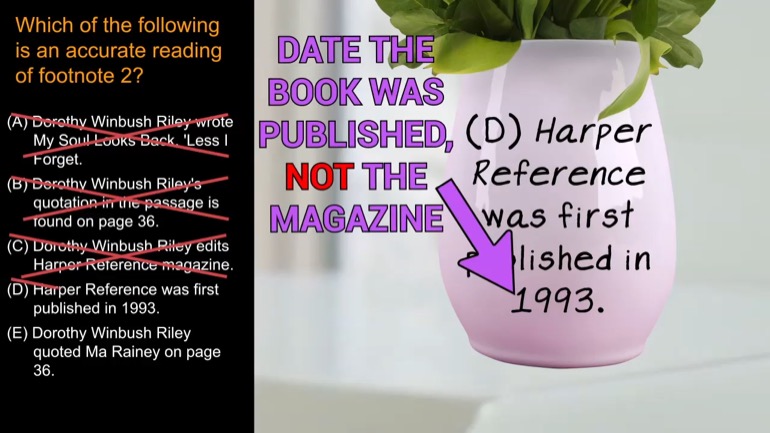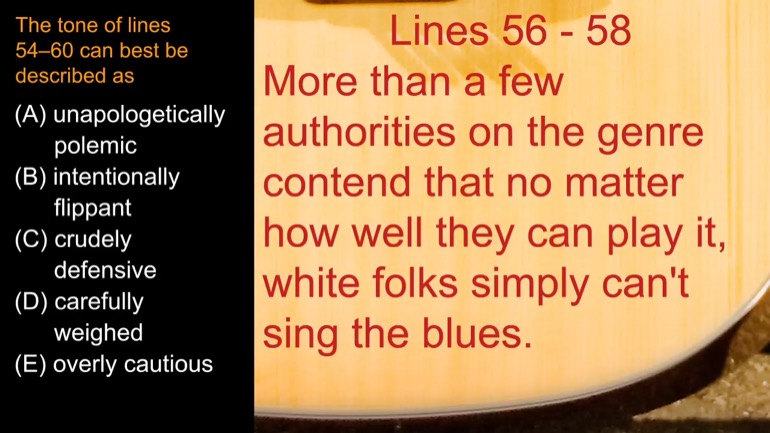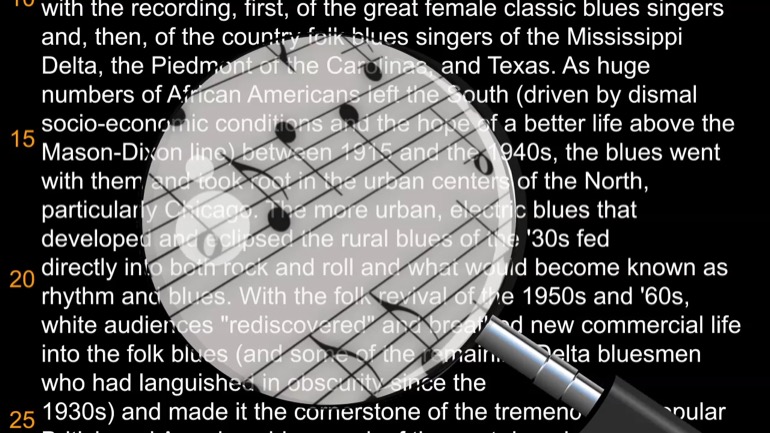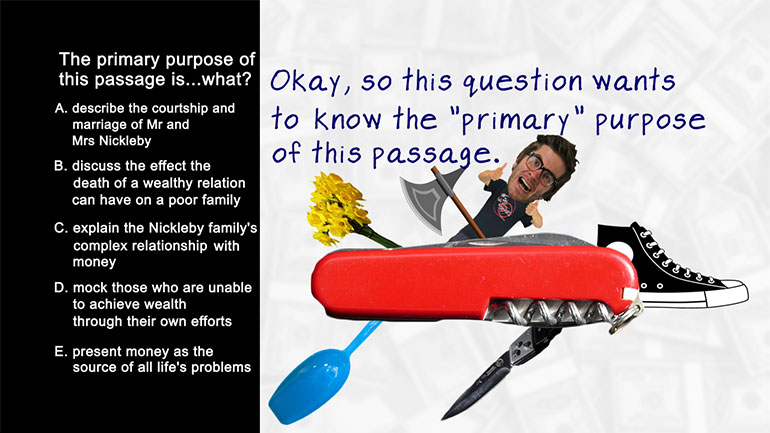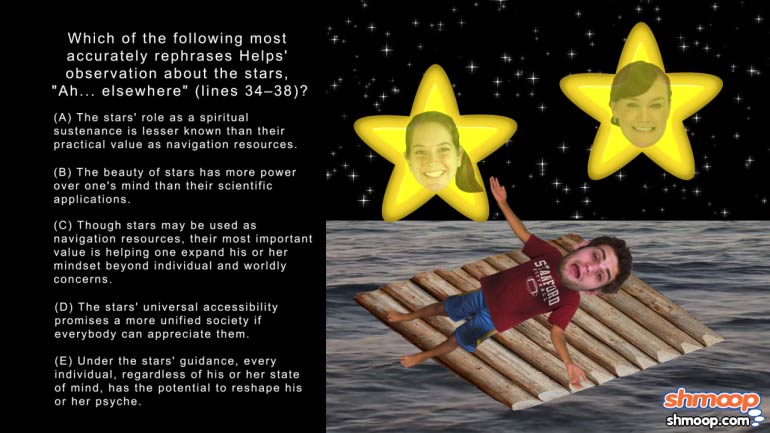ShmoopTube
Where Monty Python meets your 10th grade teacher.
Search Thousands of Shmoop Videos
Passage Drill Videos 141 videos
AP English Language and Composition: Passage Drill Drill 1, Problem 2. What is the speaker's primary purpose in using onomatopoeia in line four?
AP English Language and Composition: Passage Drill Drill 1, Problem 7. What is the principal rhetorical function of paragraphs one to three?
AP English Language and Composition: Passage Drill 1, Problem 8. The quotation marks in the third paragraph chiefly serve to what?
AP English Language and Composition 7.10 Passage Drill 12 Views
Share It!
Description:
AP English Language and Composition 7.10 Passage Drill. The phrase "take this much trouble" refers to what activity or activities?
Transcript
- 00:04
And here's your shmoop du jour brought to you by trouble a
- 00:06
subject that Taylor Swift is very familiar with...alright check out the [Taylor Swift singing on stage]
- 00:12
following passage... Alright we're
- 00:16
moving on skim skim skiming and let's just get to it all right well here's
- 00:22
your question the phrase take this much trouble refers to what activity or
Full Transcript
- 00:26
activities and here are your potential answers... Okay let's start by clarifying
- 00:32
what take this much trouble means.. if someone takes the trouble to do
- 00:37
something that means the person made an effort in this instance the effort is
- 00:41
learning the general truths of zoological science specifically using [image of a bird on a laptop screen]
- 00:45
the common crayfish as an example well according to the author crayfish are
- 00:49
easy to obtain so if the reader won't even take the trouble to get one then he [Man reading book]
- 00:53
or she may as well close the book right now anyway since this is an illustrated
- 00:58
book the author definitely would not agree that verbal description alone is
- 01:02
sufficient for learning so A) is out observing a crayfish be a field trip is
- 01:06
one way to learn about the Crustaceous creature and you can take it a step
- 01:09
further by dissecting a crayfish if you have the stomach for it that is however [people dissecting a crayfish]
- 01:14
those are only two examples of how to study this yummy thing, answers D) and E) are
- 01:19
two specific so we can toss them into the sea looking at the books illustrations [Finger points to crayfish]
- 01:23
is a great reference to supplement the reading without a doubt pictures are
- 01:27
more helpful than learning by text alone but using the real thing is even better [Person holding a crayfish]
- 01:30
the author says that knowledge is best acquired by reading and firsthand
- 01:35
observation that means our answer is C) sensory impressions can't be beat when
- 01:39
it comes to zoological science sight, touch, hearing, smell, and even taste [Person touching a crayfish]
- 01:44
Taylor Swift puts it best... [Taylor Swift singing]
Related Videos
AP English Language and Composition: Passage Drill Drill 1, Problem 2. What is the speaker's primary purpose in using onomatopoeia in line four?
Take a look at this shmoopy question and see if you can figure out which device the speaker employs the most.
Feel like shifting gears and answering a question about shifting tones? We've got you covered. Take a look at this question and see if you can foll...
AP English Literature and Composition 1.1 Passage Drill 7. The primary purpose of this passage is what?
Wishing upon a star may help you pass your AP English Language and Composition test, but answering this question would be a safer bet.

